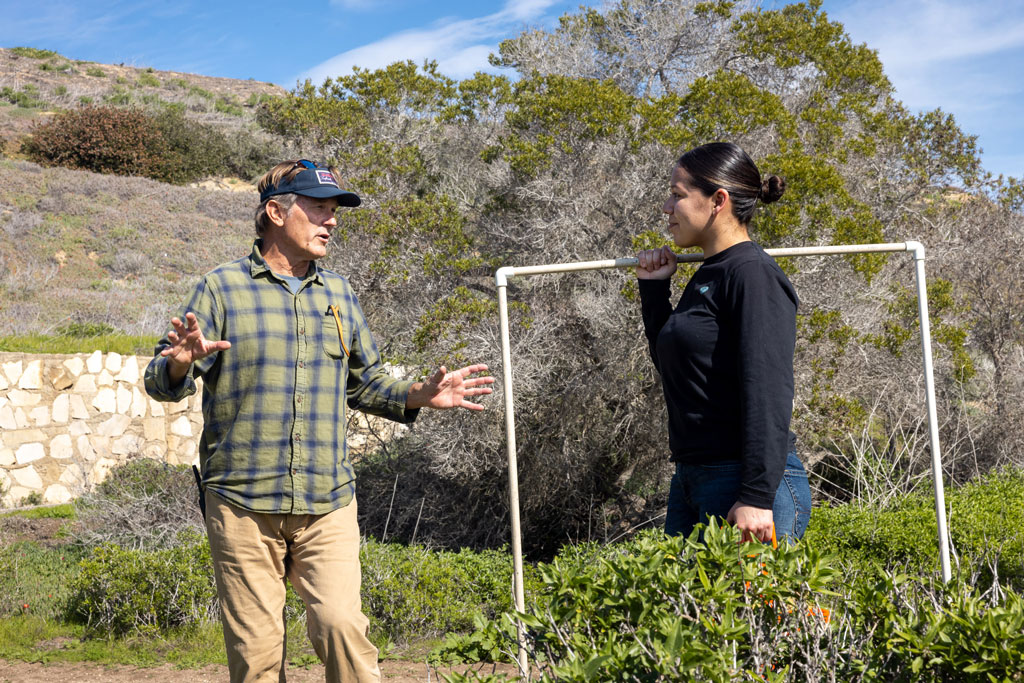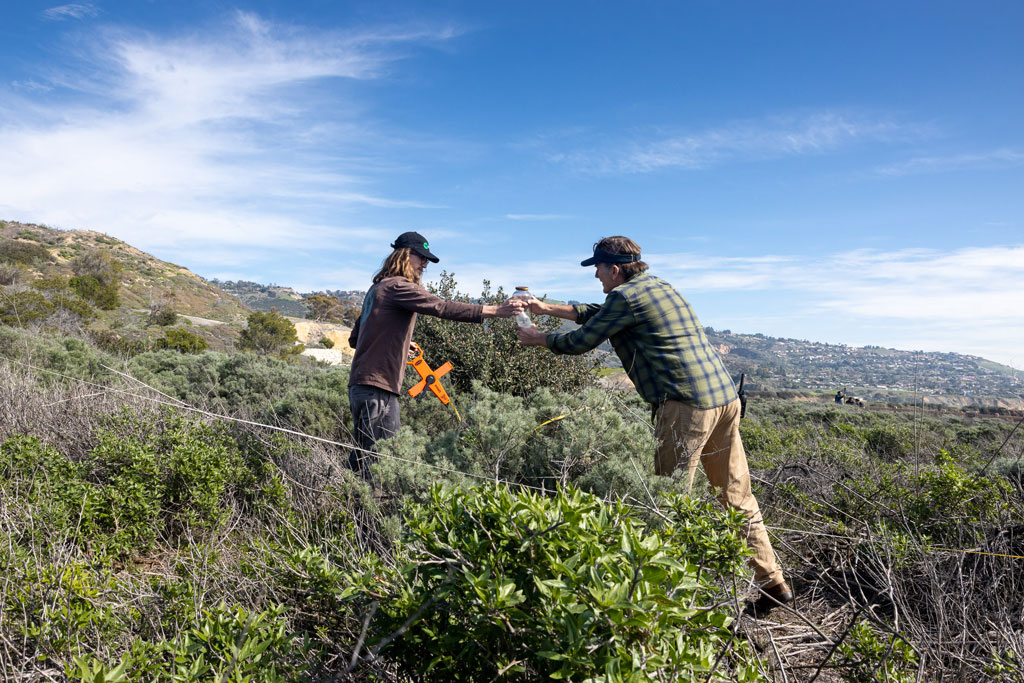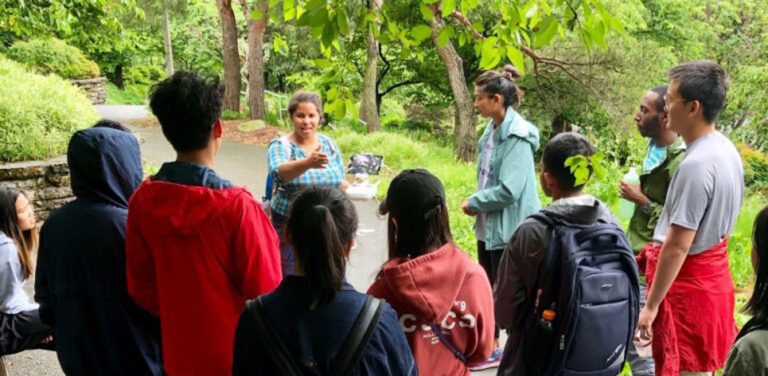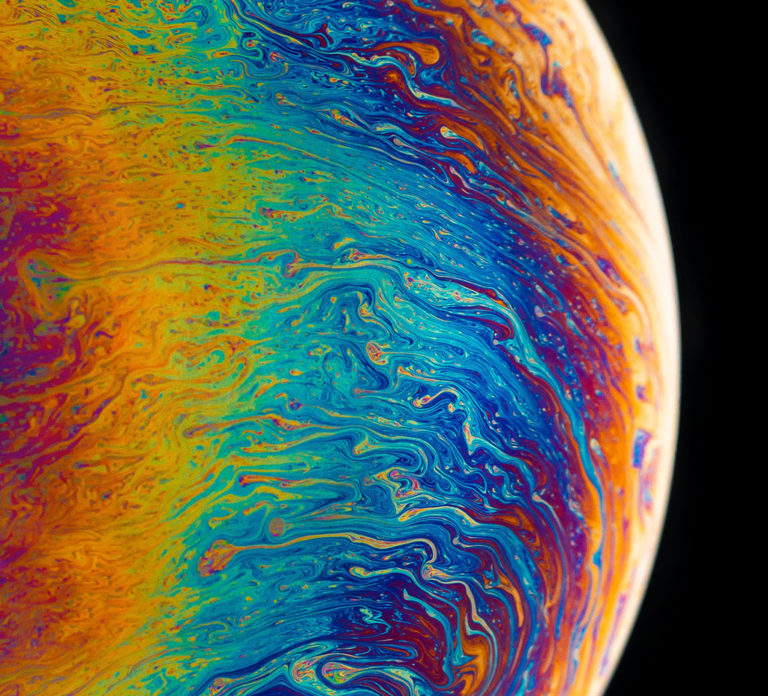Program Profile: California State University Long Beach

AAG staff recently sat down for a virtual interview with California State University Long Beach (CSULB) faculty members Dr. Suzanne Wechsler, professor and department chair; Dr. Lily House-Peters, associate professor and undergraduate advisor; and Dr. Paul Laris, professor and former department chair. When asked how their department demonstrated the value and relevancy of geography, a theme quickly emerged — actions speak louder than words. Everything the department does is exemplary of demonstrating the importance of geography.
The department is keen on community engagement that provides research and learning opportunities for both students and faculty, adapts their program to ever-evolving geospatial technology and industry standards, and emphasizes the importance of field experience in the coursework across the program’s various concentrations. It’s obvious that CSULB’s Department of Geography is demonstrating the value and relevancy of geography daily, not only to their students, but to their university colleagues and local community members as well.
“One of the things that’s kept us going and relevant is that we’re always trying something…we’re constantly trying out and innovating,” says Laris. His response reflects the overall spirit of a department where innovation is the norm. As Wechsler puts it, being nimble and responsive is what has fostered the program’s success.


Creating stand-out programs to foster student success
Suzanne Wechsler has carried on this tradition in her current role as department chair where her responsibilities include directing the M.S. in Geographic Information Science (MSGISci) program. The M.S. was created 12 years ago when it was discovered that M.A. students were dropping out because they’d found work in the geospatial industry before they graduated. The problem was, that while students were obtaining excellent geotechnical skills within the M.A. program, they were taking internships that turned into the jobs they wanted, leaving them with little time or motivation, to complete their thesis. Wechsler and her colleagues realized there was a need to provide an analytical and application-based training for these students to fully prepare them for a career in the highly competitive geospatial industry, rather than the more theory-based approach of the M.A. program.
It’s about being agile and responding to the moment as best as possible, and you can’t do that without a core faculty that are dedicated and get along well…[and]…work together to…figure out how to address the moment.
—Suzanne Wechsler
The result is a vibrant graduate program which includes both a traditional Master of Arts (M.A.) and a Master of Science in Geographic Information Science (MSGISci) that received an Honorable Mention for the AAG’s Program Excellence Award in 2019, among other ranked achievements. Students can expect a small, yet strongly networked cohort environment, research and publishing opportunities with faculty that focus on local and global issues, and lectures from community leaders, activists and industry professionals to inform on current best practices and skills. Research partnerships are built into seminars and culminating activities provide students with opportunities to gain specialized skills and competencies, and, for example, to investigate how issues such as social and environmental justice play out in community settings.
Wechsler adds that equally important to the research experiences we facilitate is the network and community we strive to develop while students are in our program, and after they graduate. With over 200 MSGISci graduates 96% of whom are working in the geospatial field, these networking opportunities are an especially important component of our program. We hope that by building a sense of community while students are here encourages them to stay connected and serve as a network and resource for future graduates.

How campus visibility maintains relevancy
The value of geography is enhanced by interdepartmental relationships within the university, according to Laris. Geography faculty often collaborate on cross-listed courses with other departments or stay on the university radar through the reception of grants including an NSF REU. Additionally, some programs such as the M.S. in Geographic Information Science generate income, attract students to the university, ultimately highlight the discipline’s relevancy.
“…we’re [the geography department] a good team player,” says Paul Laris. But it’s Suzanne Wechsler who places the credit for this success. “That’s largely due to leadership,” she says. “Paul was instrumental in fighting for geography’s place within the college.”
Building this highly felt presence within the university is something that has taken time, but it has become a win-win for the department. At the end of the day, the department leadership’s dedication has benefitted the students, faculty, and long-lasting relevancy of geography.
Put me in, Coach!
The department’s overall success reflects its outstanding faculty. To be successful, both Laris and Wechsler emphasize the importance of creating an environment where faculty are enriched and able to succeed. Drawing on their experiences, the department chair is tasked with the difficult balancing act of distributing teaching loads at a University with a heavy teaching load (12 units per semester) combined with research and service expectations.
“I’m a sports guy,” Laris confesses with a smile. But with the confession comes an important analogy: “If your team’s going [to] do well, you’re only going to do as well as each of your players. If you put them in a position where they can do the best they can do, then maybe you’ll succeed in a place like Cal State Long Beach.”


